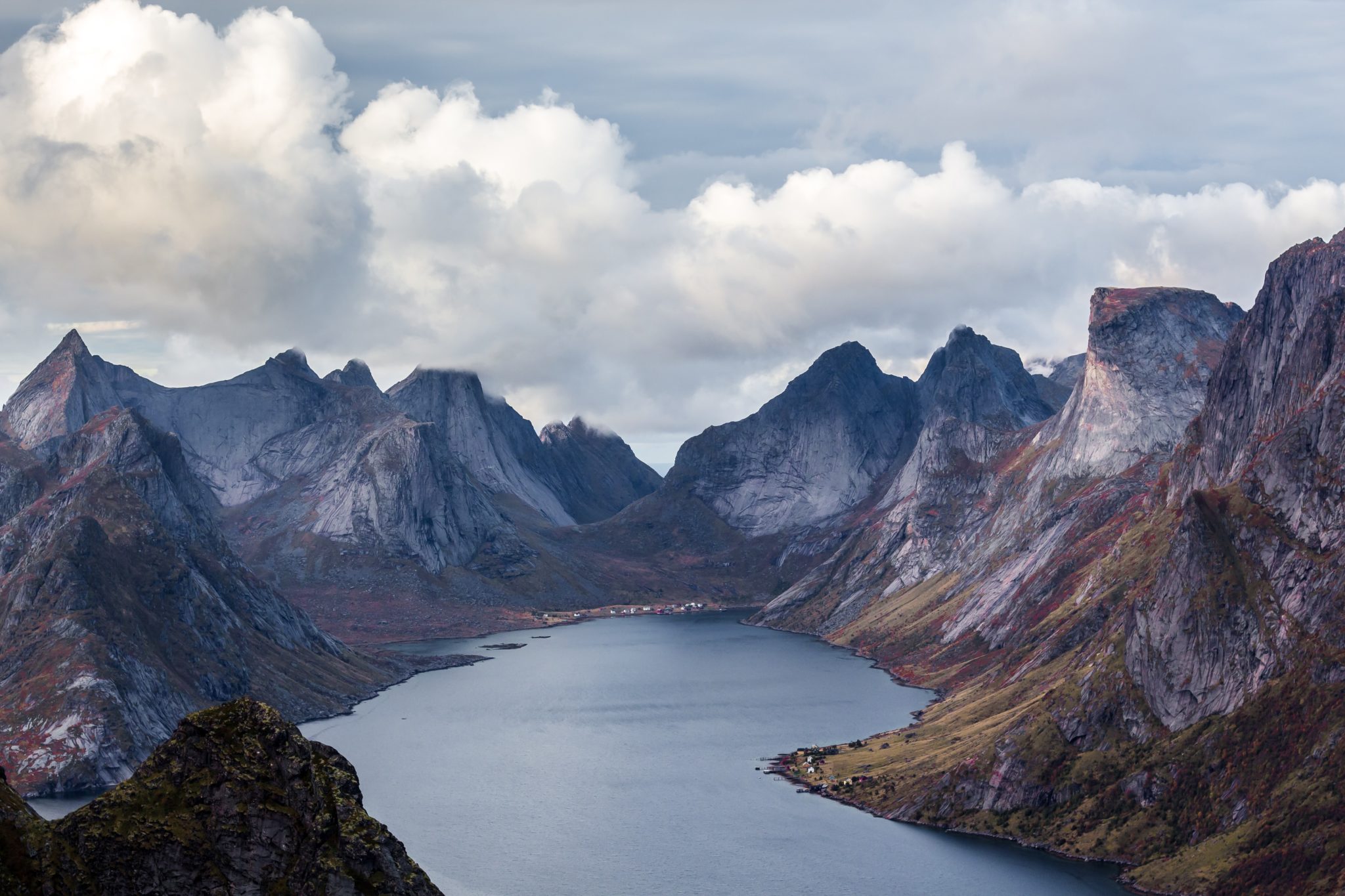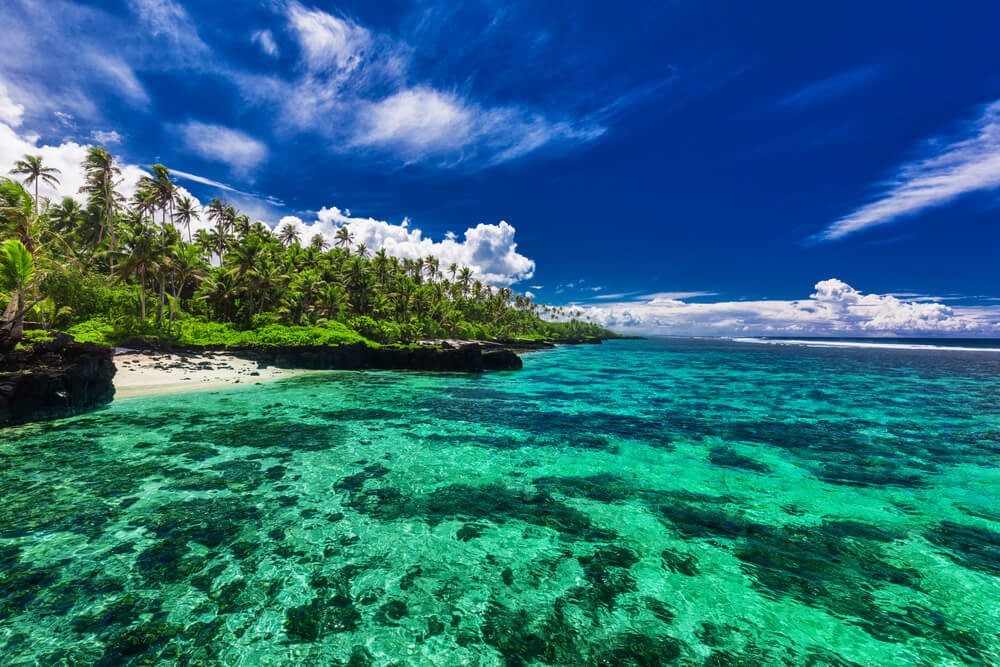
In the quest for true adventure, where the echoes of civilization fade and the untouched beauty of the natural world takes center stage, exploring remote landscapes emerges as a thrilling odyssey. From dense rainforests to arid deserts, these hidden corners of the Earth beckon the intrepid traveler to witness the raw, unbridled majesty of nature.
The Allure of the Unknown:
Venturing into remote landscapes is an invitation to the unknown, a pilgrimage to where the footprints of humanity are scarce, and the secrets of the Earth are guarded by pristine wilderness. It is in these untouched realms that nature reveals its most authentic and unfiltered self.
Dense Rainforests:
Embarking on a journey through dense rainforests is a sensory overload. The air is thick with the scent of exotic flora, and every step unveils a vibrant kaleidoscope of colors and textures. The cacophony of wildlife provides the soundtrack to this immersive experience, where each twist and turn brings forth new wonders.
Vast Deserts:
In the heart of remote deserts, a stark and captivating beauty emerges. The undulating dunes, sculpted by the wind, create an ever-shifting landscape that seems to stretch on infinitely. The silence of the desert is profound, broken only by the occasional whisper of the wind or the soft pad of animal footsteps.

Mountainous Territories:
Scaling the heights of remote mountains offers a perspective that transcends the ordinary. Majestic peaks pierce the sky, and valleys lie cradled far below. Alpine meadows, crystal-clear lakes, and the crisp mountain air create an environment that feels both ethereal and grounded in ancient serenity.
Isolated Islands:
Navigating to isolated islands is a journey into seclusion and serenity. Turquoise waters surround hidden paradises, where white-sand beaches meet lush greenery. The ocean, teeming with marine life, becomes a gateway to underwater worlds waiting to be explored.
Cultural Encounters:
Remote landscapes often harbor indigenous communities whose lives are intricately woven into the natural tapestry surrounding them. Engaging with these communities offers a unique opportunity to witness sustainable living practices, ancient traditions, and a harmonious coexistence with the environment.
Challenges and Rewards:
Exploring remote landscapes is not without challenges. Harsh climates, rugged terrains, and the absence of modern amenities demand resilience and adaptability. Yet, it is precisely these challenges that magnify the rewards—the unparalleled sense of accomplishment, the depth of connection with nature, and the profound impact on personal perspective.
Preserving the Untouched:
As we embark on these journeys of exploration, it is crucial to recognize the responsibility that comes with treading lightly in these remote landscapes. Conservation and sustainable travel practices ensure that future generations can also revel in the awe-inspiring beauty of these untouched realms.
Conclusion:
Exploring remote landscapes is an ode to the untamed spirit of adventure. It is a testament to the enduring allure of nature’s mysteries and a reminder that, in the embrace of the wild, we discover not only the world around us but also the boundless wonders within ourselves. So, let the journey to the remote landscapes begin, for there, in the heart of the untouched, nature unveils its most profound secrets.




